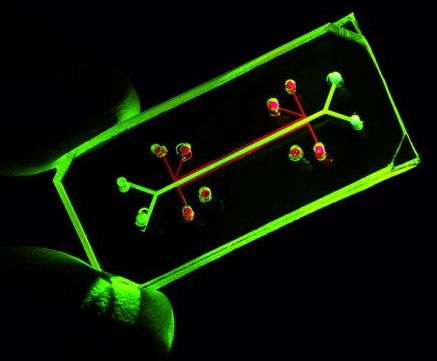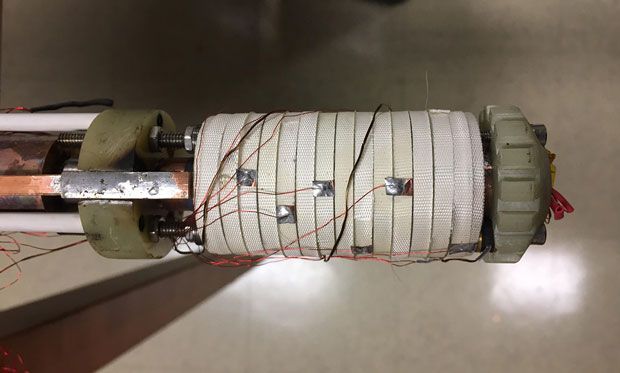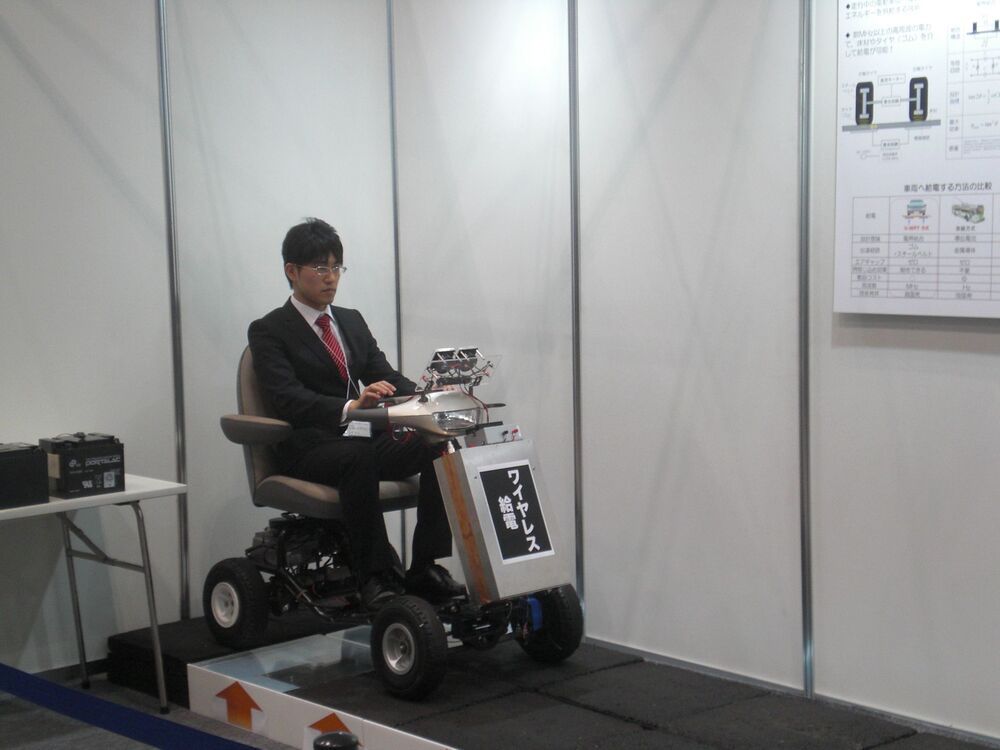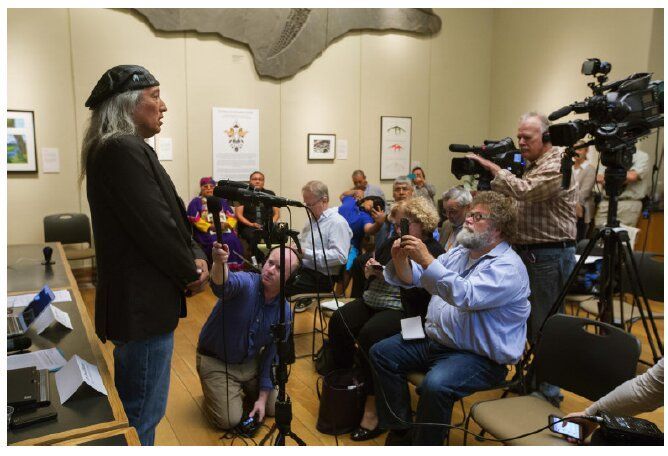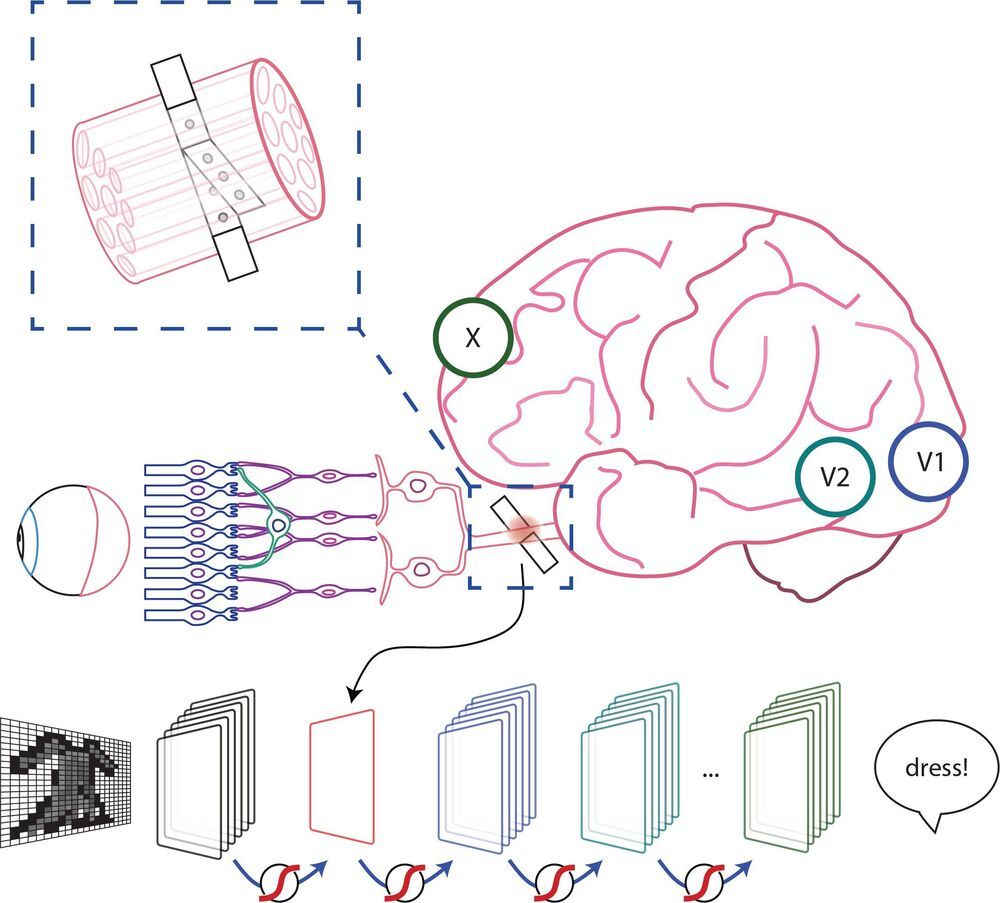In search for a unifying quantum gravity theory that would reconcile general relativity with quantum theory, it turns out quantum theory is more fundamental, after all. Quantum mechanical principles, some physicists argue, apply to all of reality (not only the realm of ultra-tiny), and numerous experiments confirm that assumption. After a century of Einsteinian relativistic physics gone unchallenged, a new kid of the block, Computational Physics, one of the frontrunners for quantum gravity, states that spacetime is a flat-out illusion and that what we call physical reality is actually a construct of information within [quantum neural] networks of conscious agents. In light of the physics of information, computational physicists eye a new theory as an “It from Qubit” offspring, necessarily incorporating consciousness in the new theoretic models and deeming spacetime, mass-energy as well as gravity emergent from information processing.
In fact, I expand on foundations of such new physics of information, also referred to as [Quantum] Computational Physics, Quantum Informatics, Digital Physics, and Pancomputationalism, in my recent book The Syntellect Hypothesis: Five Paradigms of the Mind’s Evolution. The Cybernetic Theory of Mind I’m currently developing is based on reversible quantum computing and projective geometry at large. This ontological model, a “theory of everything” of mine, agrees with certain quantum gravity contenders, such as M-Theory on fractal dimensionality and Emergence Theory on the code-theoretic ontology, but admittedly goes beyond all current models by treating space-time, mass-energy and gravity as emergent from information processing within a holographic, multidimensional matrix with the Omega Singularity as the source.
There’s plenty of cosmological anomalies of late that make us question the traditional interpretation of relativity. First off, what Albert Einstein (1879 — 1955) himself called “the biggest blunder” of his scientific career – t he rate of the expansion of our Universe, or the Hubble constant – is the subject of a very important discrepancy: Its value changes based how scientists try to measure it. New results from the Hubble Space Telescope have now “raised the discrepancy beyond a plausible level of chance,” according to one of the latest papers published in the Astrophysical Journal. We are stumbling more often on all kinds of discrepancies in relativistic physics and the standard cosmological model. Not only the Hubble constant is “constantly” called into question but even the speed of light, if measured by different methods, and on which Einsteinian theories are based upon, shows such discrepancies and turns out not really “constant.”
